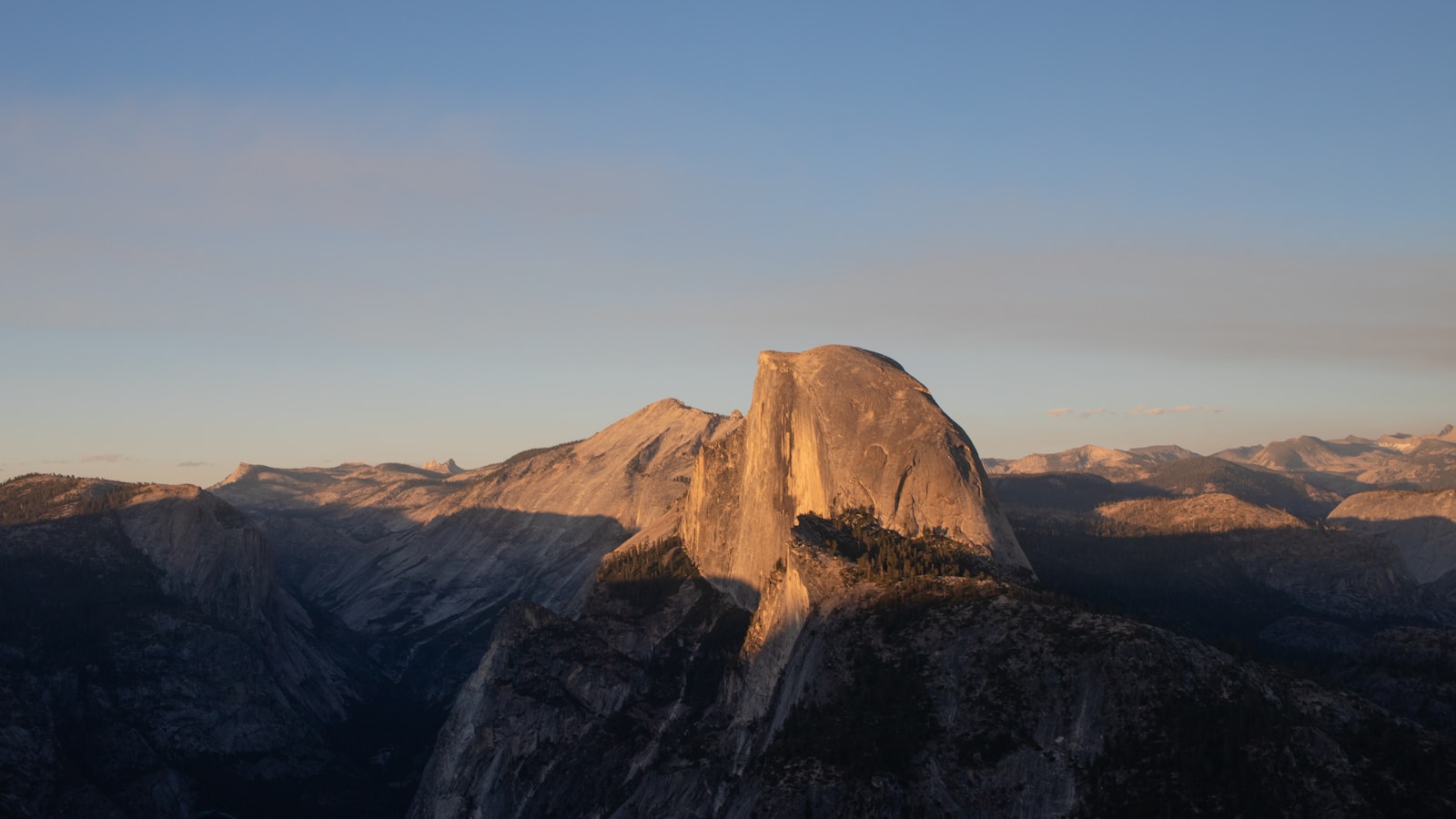While millions flock to iconic destinations like Yellowstone and the Grand Canyon each year, America’s National Park System harbors numerous hidden gems that offer equally breathtaking experiences with a fraction of the crowds. These underrated parks preserve unique ecosystems, dramatic landscapes, and fascinating history without the long lines and packed viewpoints of their famous counterparts. From remote wilderness areas to lesser-known monuments, these destinations provide authentic connections with nature and often deliver more meaningful experiences precisely because they’re not on everyone’s bucket list. If you’re looking to explore beyond the familiar favorites, these underappreciated national treasures deserve a spot on your travel itinerary.
Congaree National Park, South Carolina

Often overlooked in favor of more mountainous parks, Congaree National Park protects the largest intact expanse of old-growth bottomland hardwood forest remaining in the southeastern United States. Walking the elevated boardwalk trail feels like stepping into a primeval world, with massive bald cypress trees draped in Spanish moss towering above the forest floor. During seasonal flooding events, visitors can experience “Congaree magic” by paddling a canoe or kayak through the tranquil flooded forest. The park is also recognized as an International Biosphere Reserve and contains some of the tallest trees in the eastern United States, with several champions of their species reaching heights that rival western forests.
Guadalupe Mountains National Park, Texas

Standing as silent sentinels in west Texas, the Guadalupe Mountains were once an ancient marine reef before tectonic forces lifted them thousands of feet above sea level. The park offers rugged wilderness experiences with over 80 miles of trails, including the challenging hike to Guadalupe Peak—the highest point in Texas at 8,751 feet. Fall visitors are treated to a surprising display of autumn colors in McKittrick Canyon, where bigtooth maples create a vibrant oasis in the desert landscape. The diverse ecosystems spanning from desert floor to mountain peaks support over 1,000 plant species, creating one of the most biodiverse parks in the national system despite receiving only a fraction of the visitors of nearby Carlsbad Caverns.
Voyageurs National Park, Minnesota

Water defines the experience at Voyageurs, where nearly 40 percent of this northern Minnesota park consists of interconnected waterways that can only be fully explored by boat. Named for the French-Canadian fur traders who traveled these routes by canoe, the park preserves a landscape sculpted by glaciers into a maze of peninsulas, islands, and bays. Winter transforms Voyageurs into a wonderland for snowshoeing, cross-country skiing, and viewing the Northern Lights far from light pollution. The park’s interior lakes offer unparalleled stargazing opportunities as part of its designation as an International Dark Sky Park, while its remote location along the Canadian border ensures encounters with wildlife like moose, wolves, and bald eagles remain common.
Great Basin National Park, Nevada
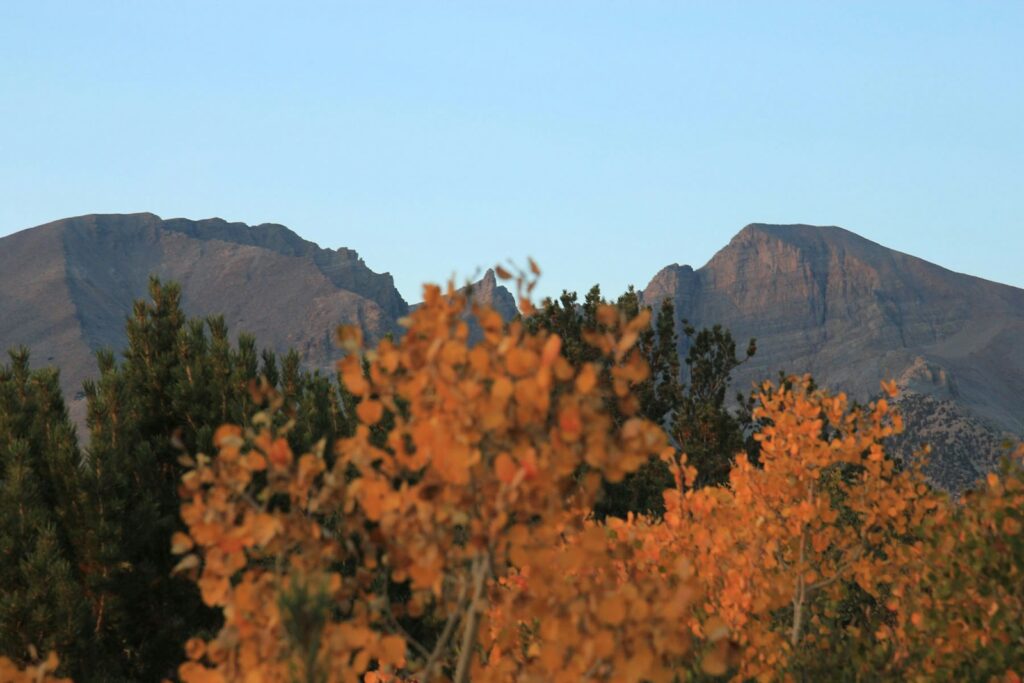
Hidden in Nevada’s eastern border with Utah, Great Basin combines surprising alpine environments with remarkable subterranean features. The park is home to ancient bristlecone pines—some of the oldest living organisms on Earth at over 4,000 years old—that cling to the slopes of 13,063-foot Wheeler Peak. Below ground, Lehman Caves features ornate marble chambers adorned with stalactites, stalagmites, and rare shield formations that developed over millennia. The park’s extreme isolation from major population centers creates exceptional dark skies, making it a premier destination for astronomy enthusiasts who attend the annual astronomy festival. Great Basin’s dramatic elevation change of nearly 8,000 feet creates distinct life zones that support incredible biodiversity despite being surrounded by the arid Great Basin Desert.
North Cascades National Park, Washington
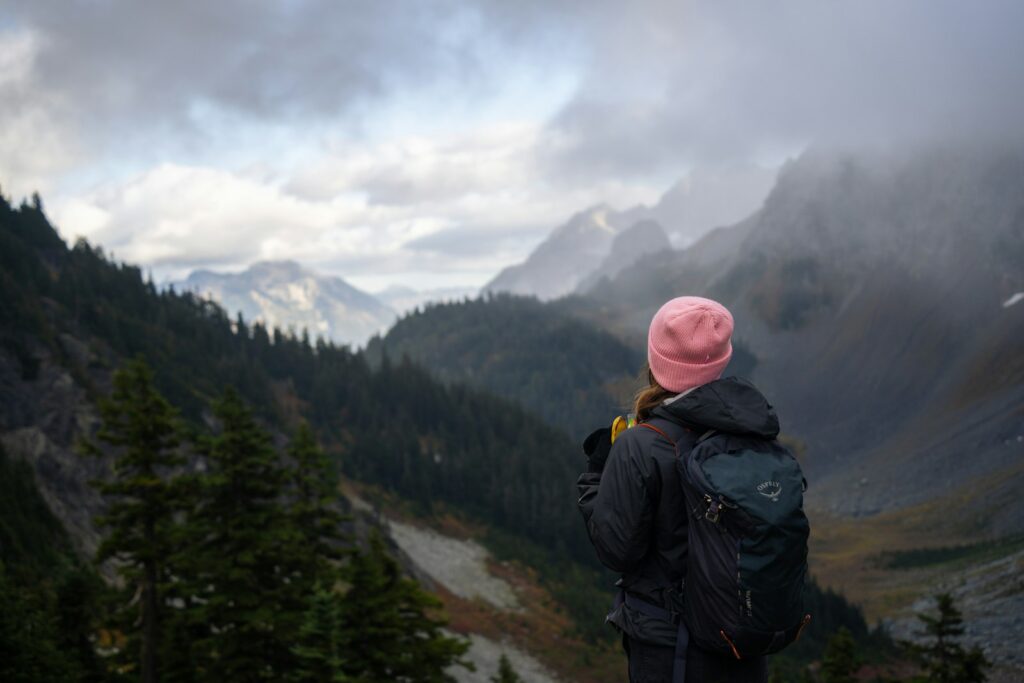
Despite being just three hours from Seattle, North Cascades remains one of the least visited national parks in the continental United States while featuring some of the most dramatic alpine scenery outside Alaska. Often called the “American Alps,” the park contains over 300 glaciers—more than any other U.S. park outside Alaska—that feed turquoise lakes and thundering waterfalls. Wildlife enthusiasts might glimpse rare species like gray wolves, wolverines, and the elusive Canada lynx within the park’s remote valleys. The 27-mile drive along the North Cascades Highway offers roadside viewpoints that rival any scenic byway in America, making the dramatic mountain panoramas accessible even to those who don’t have time for backcountry hiking.
Isle Royale National Park, Michigan
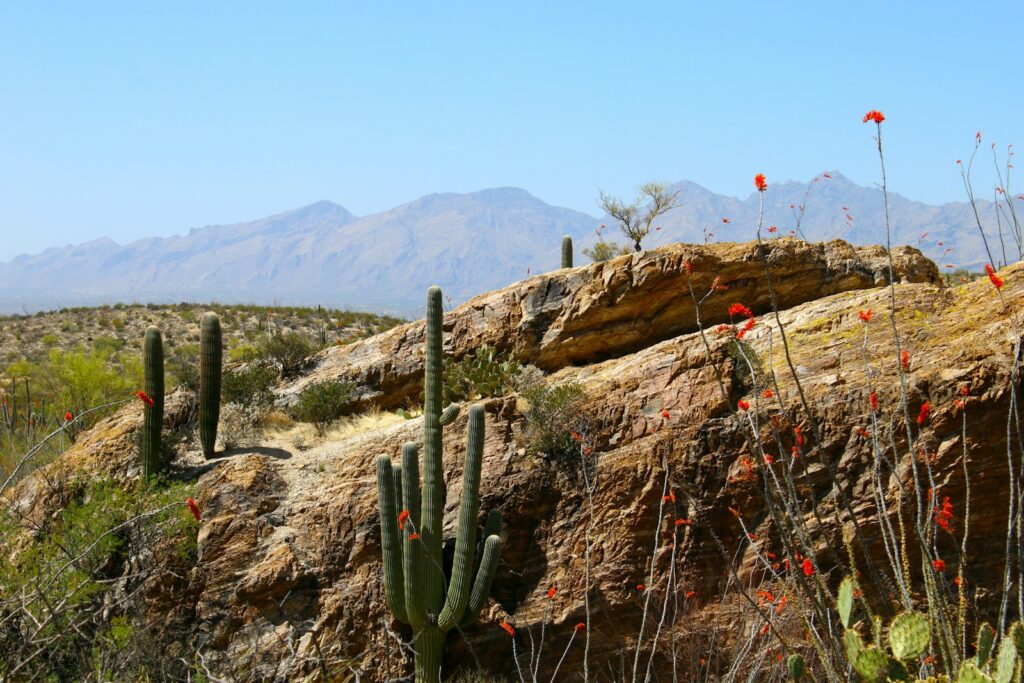
Isolated in the northern reaches of Lake Superior, Isle Royale is accessible only by boat or seaplane, maintaining its pristine wilderness character as one of the least-visited national parks. This rugged island wilderness hosts one of the longest-running predator-prey studies in the world, examining the relationship between wolves and moose in an isolated ecosystem. Backpackers treasure the 165-mile trail network that traverses dense forests, crosses rocky ridges, and skirts peaceful inland lakes far from civilization. The island’s remoteness requires commitment to visit—with most stays lasting several days rather than hours—but rewards those who make the journey with unparalleled solitude and glimpses of the northern lights reflecting off Lake Superior on clear nights.
Pinnacles National Park, California
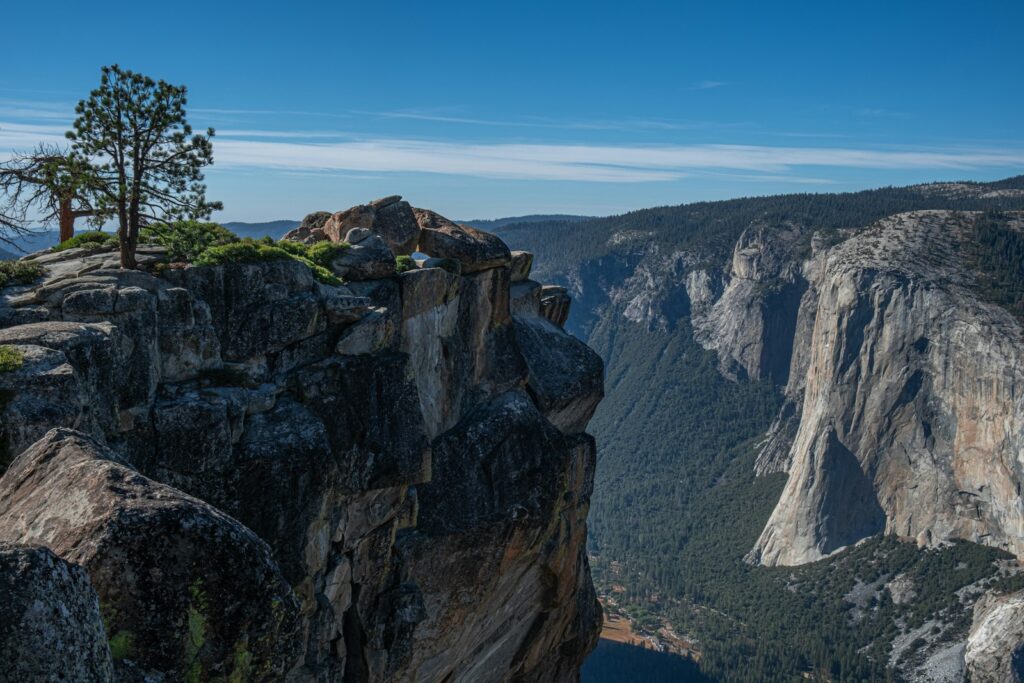
California’s newest national park preserves the eroded remnants of an ancient volcano that erupted 23 million years ago and has since been carried 200 miles north by the San Andreas Fault. Rock climbers are drawn to the park’s distinctive spires and crags, while hikers explore talus caves formed when massive boulders fell into narrow canyons. Pinnacles serves as a critical release site for endangered California condors, offering some of the best opportunities to spot these magnificent birds with nine-foot wingspans circling the volcanic formations. Spring visitors are treated to spectacular wildflower displays that carpet the chaparral landscape with poppies, lupines, and dozens of other native California species.
Dry Tortugas National Park, Florida
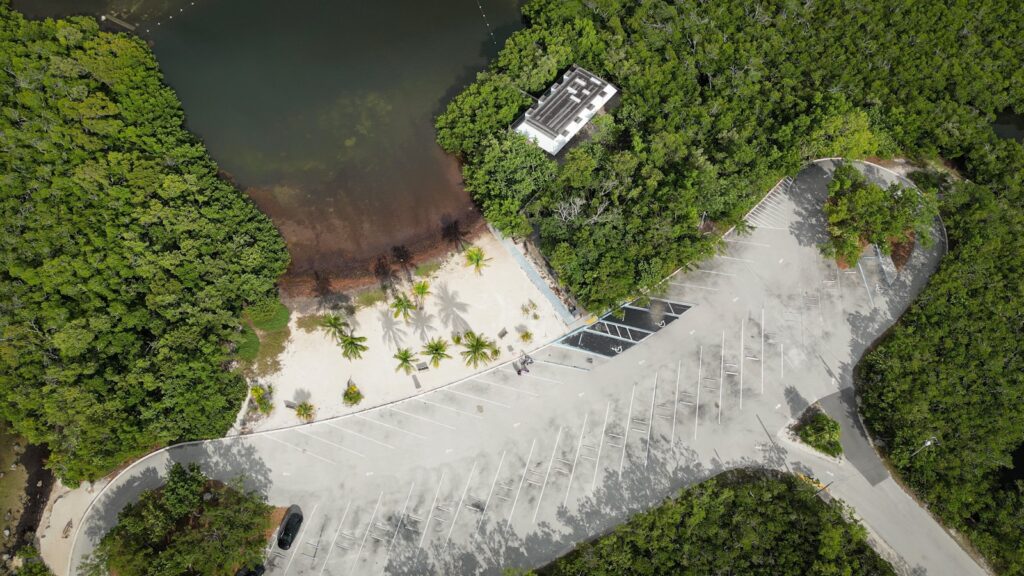
Located 70 miles west of Key West in the Gulf of Mexico, Dry Tortugas combines Civil War history with some of the most pristine coral reefs in the Florida Keys. The massive Fort Jefferson—built with over 16 million bricks—stands as the largest brick structure in the Western Hemisphere and once served as a prison for conspirators in Abraham Lincoln’s assassination. Snorkelers explore crystal-clear waters teeming with colorful marine life, including sea turtles that give the islands their name (“tortugas” is Spanish for turtles). The park’s remote location at the entrance to the Gulf of Mexico creates a strategic border between the Atlantic Ocean and Gulf waters, establishing a crucial waypoint for migratory birds making the journey between North and South America.
Lassen Volcanic National Park, California
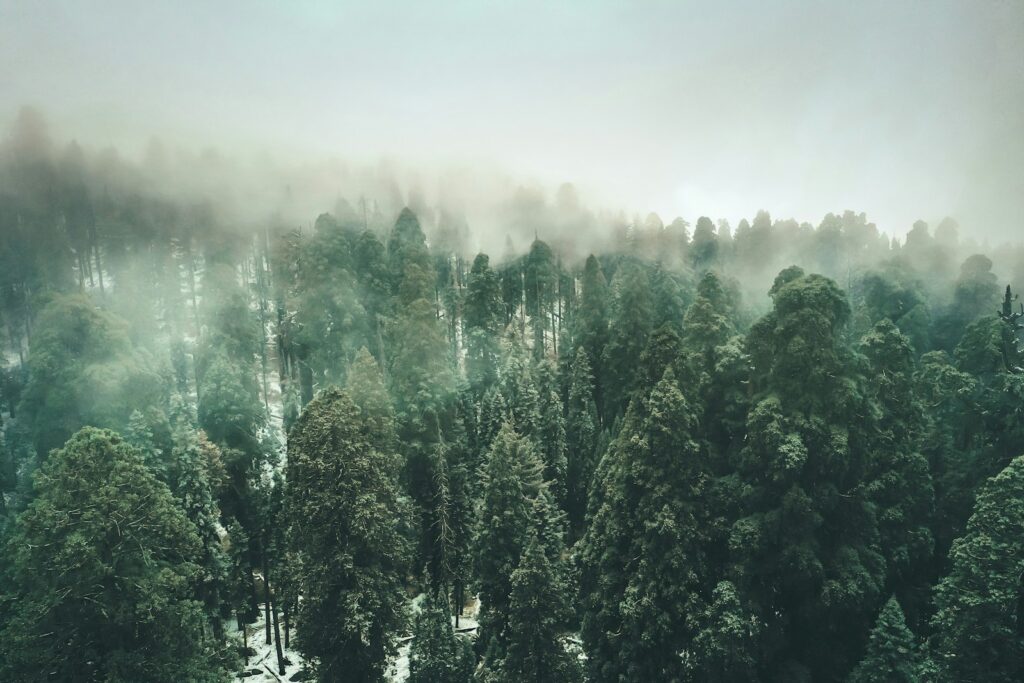
Overshadowed by other western parks, Lassen preserves a landscape shaped by volcanic activity, including all four types of volcanoes found in the world: shield, composite, cinder cone, and plug dome. Hydrothermal features like boiling springs, mud pots, and fumaroles demonstrate that the volcanic system remains active, with Lassen Peak having last erupted less than 100 years ago. Winter transforms the park into a snowy wonderland, with some areas receiving over 30 feet of snow annually, creating opportunities for snowshoeing and cross-country skiing through May or June. The otherworldly landscape of Bumpass Hell—the park’s largest hydrothermal area—offers a boardwalk trail through a moonscape of steam vents and bubbling mud pots reminiscent of Yellowstone but without the crowds.
Black Canyon of the Gunnison National Park, Colorado

The vertiginous depths of Black Canyon plunge nearly 2,000 feet to the Gunnison River below, creating some of the steepest cliff faces in North America and earning the nickname “Colorado’s Grand Canyon.” The park’s name comes from the fact that parts of the narrow gorge receive just 33 minutes of sunlight per day, creating a perpetually shadowed realm where the sheer walls are painted with dramatic veins of pink pegmatite crossing the darker gneiss and schist. Advanced rock climbers test their skills on technical routes up the sheer walls, while anglers access the gold medal trout waters of the Gunnison River via extremely steep trails. The park’s high elevation combined with its remote location between Denver and Salt Lake City creates exceptional opportunities for astronomy, with ranger-led stargazing programs highlighting celestial features visible in the clear mountain air.
Wrangell-St. Elias National Park, Alaska
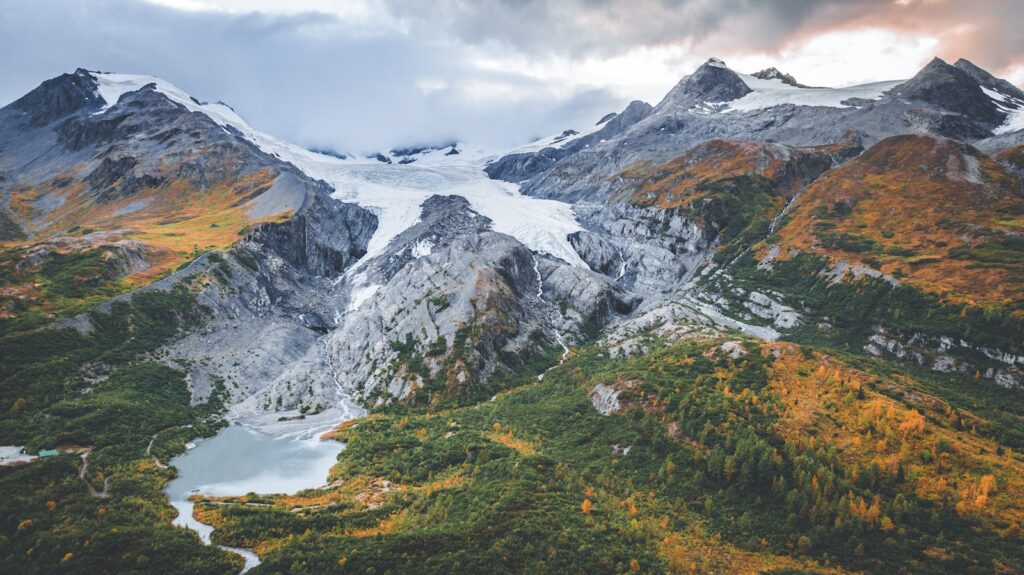
America’s largest national park remains one of its least visited, despite containing nine of the sixteen highest peaks in the United States across a wilderness larger than six Yellowstones combined. The park encompasses an extraordinary transition from maritime to continental environments, with massive glaciers flowing from mountain to sea along the rugged coastline. Visitors can explore the historic mining towns of Kennecott and McCarthy, connected to the outside world by a single gravel road that follows the path of an abandoned railroad track. The immense Malaspina Glacier covers more area than the state of Rhode Island, while the Nabesna Glacier stretches 80 miles as the longest valley glacier in North America, creating a landscape of superlatives that remains largely unexplored.
Channel Islands National Park, California
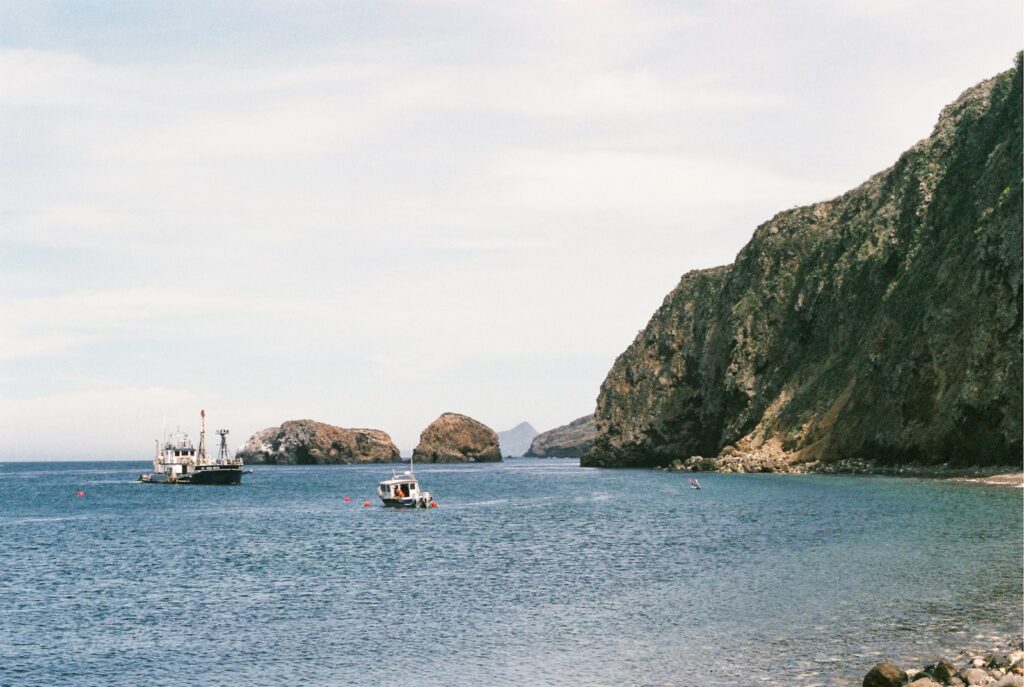
Often called “North America’s Galapagos,” the five islands comprising this park preserve unique ecosystems that evolved in isolation just off the Southern California coast. The islands harbor 145 endemic species found nowhere else on Earth, including the diminutive island fox that has recovered from near extinction through one of the most successful conservation programs in history. Kayakers explore massive sea caves carved by Pacific waves, often accompanied by playful harbor seals and sea lions. The nutrient-rich waters surrounding the islands attract feeding blue whales—the largest animals ever to live on Earth—during summer months, offering some of the most reliable whale watching opportunities in California waters.
Planning Your Visit to Underrated Parks

Visiting these less-frequented parks offers distinct advantages beyond smaller crowds, including more personal interactions with park rangers who have time to share their extensive knowledge. Many underrated parks offer greater flexibility with reservations and permits that would be nearly impossible to secure at more popular destinations during peak seasons. The authentic experience of discovery—finding viewpoints on your own rather than following crowds—creates more meaningful connections with these landscapes that often remain as pristine as when they were first protected. Consider planning trips during shoulder seasons (spring and fall) when weather remains favorable but visitor numbers drop even further, maximizing the wilderness experience these hidden gems provide.
Conclusion
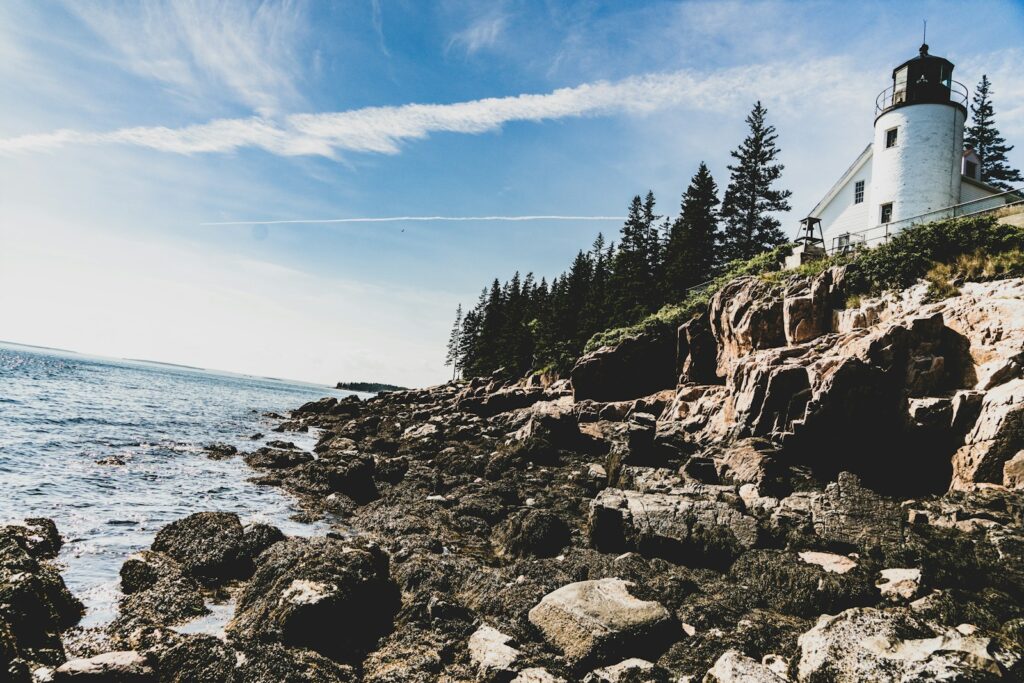
While the Grand Canyon and Yellowstone will always draw millions with their iconic status, these underrated national parks offer equally profound experiences that often leave deeper impressions precisely because they’re shared with so few others. The adventure of exploring beyond the familiar introduces travelers to landscapes and ecosystems they might never have discovered otherwise. These parks protect America’s diverse natural and cultural heritage just as significantly as their famous counterparts—they simply do so with less recognition. By adding some of these overlooked treasures to your travel plans, you’ll not only help distribute visitation impact more sustainably across the park system but also create memories in places where nature’s grandeur still feels like a personal discovery rather than a shared spectacle.

